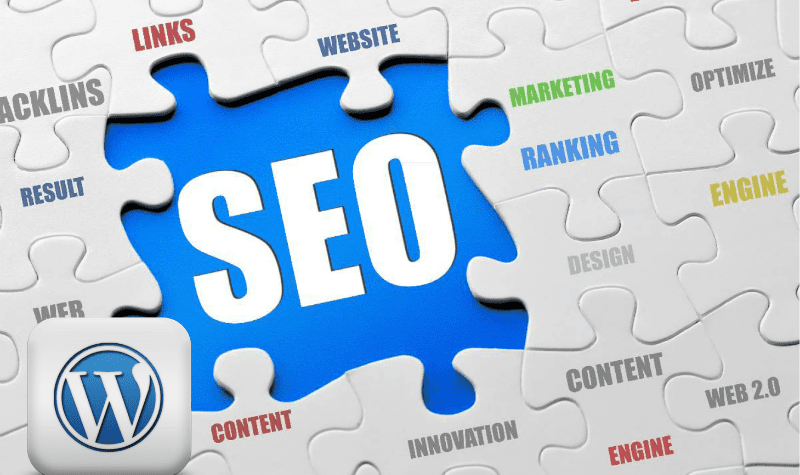Your strategy needs to consider and structure the technical SEO of your WordPress project. How much do you know about it?
Technical SEO is important and is anchored as one of the pillars of SEO strategy. WordPress developers need to know the techniques and importance of the subject.
All of your strategy and complementary activities related to content and authority need to be supported by good code implementation.
Technical SEO: The pillars of SEO strategy
The relevance of SEO to digital business requires an optimization of your business to be prepared to be indexed by search engines.
The SEO strategy is based on three pillars:
- Technology;
- Content;
- Authority.
Technology is the starting point for optimizing a website. In some cases known as on-page reviews.
Content is the second stage of the optimization process. It should be thought of and aligned with the model of your business.
The third pillar is the Authority work of the site and the internal pages. This step requires advanced knowledge of the optimization work because in some cases if search engines feel that you are manipulating their algorithm, it may not generate the expected results for the project.
Technical SEO
There are several other points that need to be considered in technical SEO like friendly, transparent and short URLs, proper redirects with their respective codes and destinations; page responsiveness; robots.txt, sitemap, pagination, and more.
In this article, we will talk about on-page coding, performance, and security as determining factors for a good SEO technician.
The development team needs to be involved in the search engine optimization strategy. They do the work of addressing the technological barriers that can prevent and/or hinder the action of search engine robots to better index the pages of your site.
Professionals dedicated to the front-end and back-end areas have the knowledge and perform activities that directly impact the codes used on the project.
About page encoding
The web pages when delivered to internet browsers are a collection of HTML markup that structures the information.
Such structuring of information, and hence codes, must follow standards and conform to the best techniques to result in a technical SEO that enhances its strategy and indexability.
A web page is basically split into two structures. The part of the header and the body. In the first, we have structuring information that is consumed by devices and robots. In the body information directed to users, but also consumed by various devices and robots, soon need to be semantic and well structured.
Page Header
The markup and structured content in the page header is enclosed by the <head> tag. In this section, it is important to consider the priority of information and markings to aid the devices and robots.
SEO professionals constantly optimize the content of the title and meta description. But this information must be the first to be encompassed by the <head> tag. This is something that needs to be considered by SEO technician.
<html> <head> <title> Page title </ title> <meta name = "description" content = "Page description">
Next to the priority, we have the other tags as the definition of the charset, viewport, canonical, Google Analytics and several others.
Page Body
In addition to the density of the content, sometimes we also have a density of marking. The excessive code should be avoided, so we also avoid the low text ratio.
WordPress developers with a focus on the front-end need to structure a concise, clean and well structured HTML markup. This will show little code and they will be well used for their real purpose: giving semantic meaning to information.
Headings tags reside between <body> tags and are extremely important and strategic. But they need to be well used. Being just one <h1> tag per page, followed by the <h2> and <h3> tags to structure the topics.
Images must contain the alt attribute to provide a textual alternative when they cannot be displayed or consumed by screen readers.
See also, Optimize WordPress in Few Steps and Improve SEO
Performance
Sites need to be fast. Pages when loaded with a time less than three seconds, have more engagement. In India, we have an expressive number of mobile users, but the reality of the connections to the Internet leaves much to be desired. At work, the desktop is widely used.
Your pages need to be very good, both on the mobile and on the desktop. The Google PageSpeed Insights is a good tool that can help you to analyze your website, in addition to numerous other tools for this purpose.
The coding result of back-end and front-end professionals will directly impact load time. There are several WordPress plugins that can help you with this mission.
Safety
Security also needs to be taken into account when talking about technical SEO. Implementing HTTPS on pages, in addition to being a security practice, is a relevant criterion for Google. But we must go further.
A well-structured coding on both the back-end and the front-end will prevent various attacks that inject malicious code, backdoors, malware.
These attacks will damage your reputation with users and search engines, you will lose positions, investments, efforts and time. Thinking about security when doing the SEO will ensure the execution and maintenance of your strategy.
Conclusion
The pillar of technology is commonly considered in SEO strategy. But we need to open a larger space for technical SEO and thus better structure issues related to coding and other points covered here.
How have you dealt with the technical issues of SEO in your WordPress projects?








